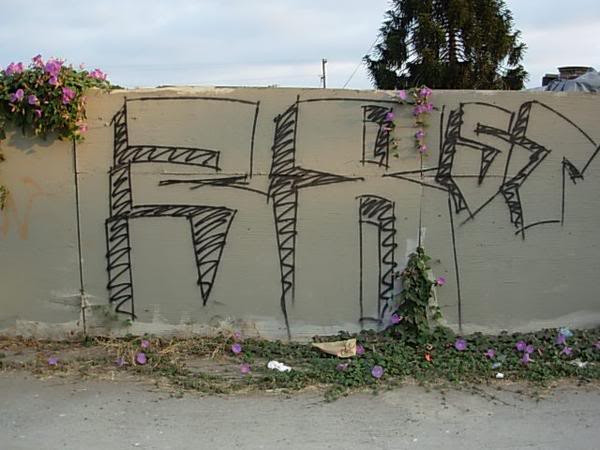The 38th Street Gang stands as a formidable and violent Mexican criminal street gang entrenched in the landscape of South Los Angeles, California. Distinguished as one of Los Angeles’s most established street gangs, their continuous presence in their territory dates back to the 1920s, marking nearly a century of influence. Notably, the Mexican Mafia exerts control over the 38th Street gang, frequently utilizing its members to execute directives and maintain their criminal operations.
 38th Street Gang members in Los Angeles
38th Street Gang members in Los Angeles
Originating in the 1920s, the 38th Street gang’s inception occurred at the intersection of South Central and Vernon, an area that defined the borders of communities and cultures. The gang’s notoriety escalated significantly in the 1940s, largely due to their entanglement in the infamous “Sleepy Lagoon” murder trial. “Sleepy Lagoon”, then a popular swimming spot in present-day East Los Angeles, became the scene of the tragic death of Jose Diaz, a young Mexican individual, in 1942. In the aftermath, law enforcement, specifically the LAPD, arrested members of the 38th Street Mexican gang, subsequently charging them with murder, a move that brought the gang into the harsh glare of public attention. This period of the 1940s was marked by racial tensions, where Mexican-Americans residing in segregated areas frequently faced assaults from sailors and other branches of the U.S. military, highlighting the societal context in which the gang’s early history unfolded.
The 38th Street gang asserts its dominance over a substantial territory on the eastern flank of South Los Angeles, with extensions reaching into parts of East Los Angeles. Considered to be larger than many of its counterparts, their claimed area spans approximately 0.523 square miles. This territory stretches from Central Avenue in the west to Alameda Street in the east, and from roughly Martin Luther King Jr. Boulevard in the south up to 41st Street in the north. Furthermore, the gang’s influence extends north to 24th Street, nestled between Compton Avenue to the west and Long Beach Avenue to the east. The “Alameda Swap Meet”, situated at the junction of Alameda Street and Vernon Avenue, has long been recognized as a key stronghold within their territorial boundaries, serving as a focal point of their activities.
This expansive territory places the 38th Street gang in direct confrontation with a multitude of rival gangs. These include Barrio Mojados, Ghetto Boyz, Playboy Surenos 13, Florencia 13, MS-13, 52 Pueblo Bishop Bloods, All For Crime Bloods, King Boulevard Stoners, Hang Out Boys 13, Primera Flats, White Fence, and essentially, the majority of East Los Angeles gangs, as well as gangs from Watts. Their extensive web of rivalries encompasses numerous neighborhoods throughout Los Angeles County, indicating a wide-reaching and deeply entrenched presence in the region’s gang landscape. Beyond Los Angeles, the 38th Street gang’s influence is also confirmed through established cliques in locations as distant as Salt Lake City, Utah, and Wisconsin, demonstrating a geographical spread that extends beyond their primary base in Southern California.

